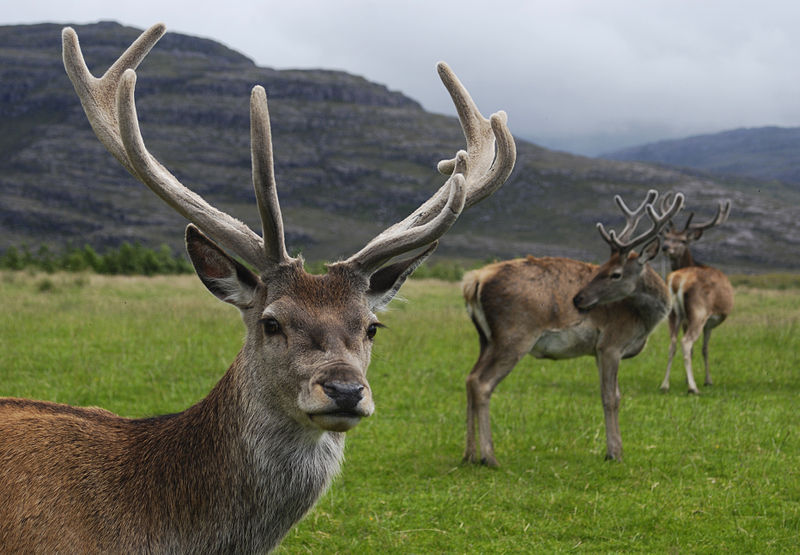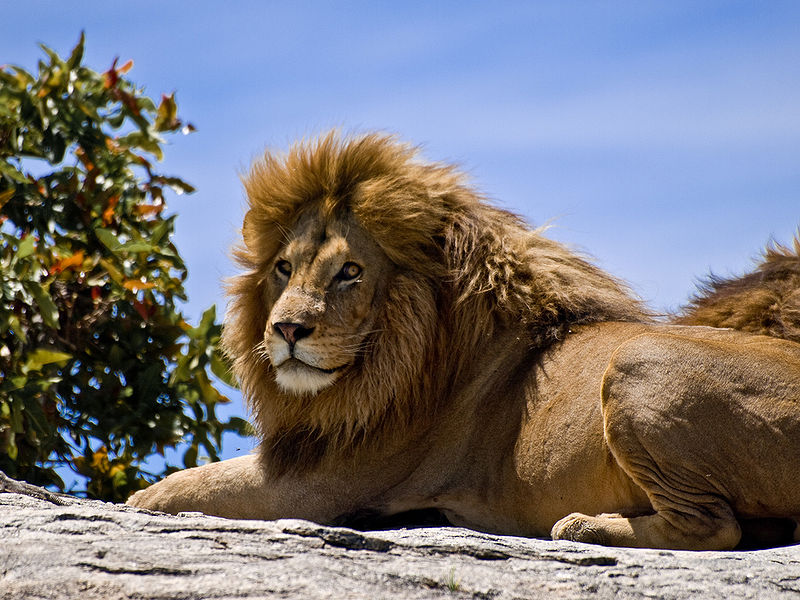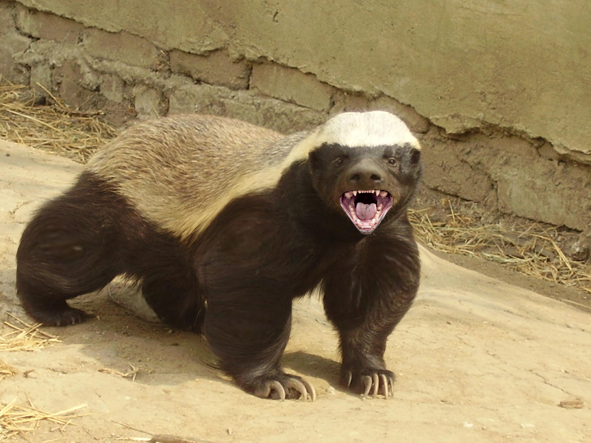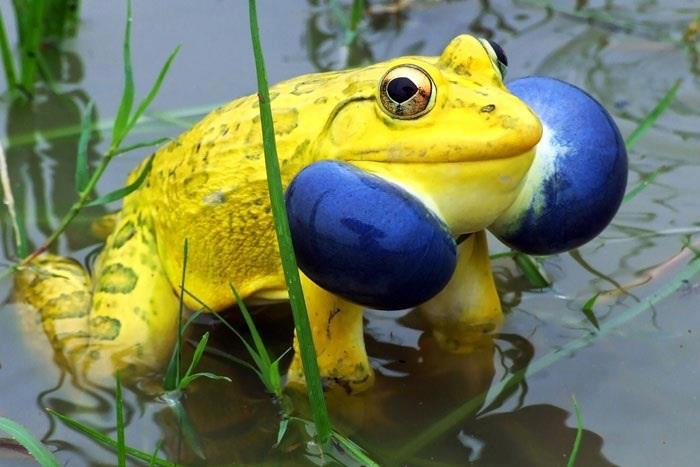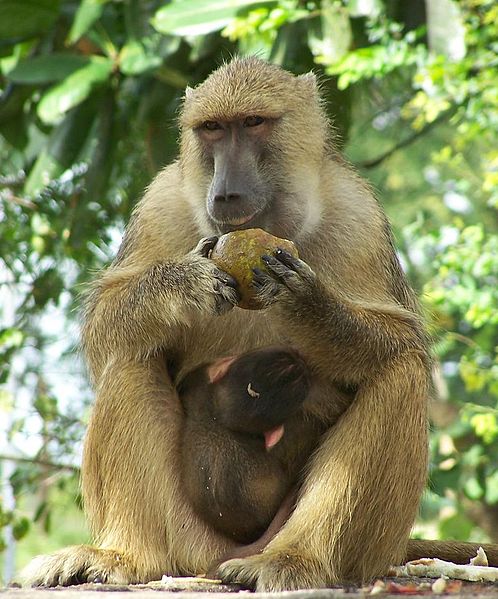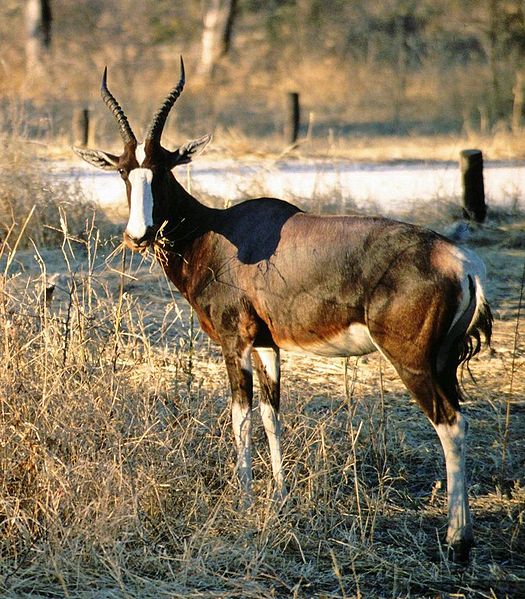
So it appears that 2012 is actually a “Leap Year”, which means you get one additional animal fact this year. Don’t you just love these extra days! In an effort fully utilize our extra time, we are all going on a trip to South Africa where we will observe a ton of wildlife including the beautiful Bontebok. If you are anything like me, you are probably wondering how this antelope received such an unusual, albeit fun name. I suppose if you are Dutch, you wouldn’t be as confused with their name since it comes from the words “bont” which means particolored and “bok” meaning buck. So I guess we can call them the Particolored Buck for the rest of this Wild Fact…..but…..I think I will stick with Bontebok.
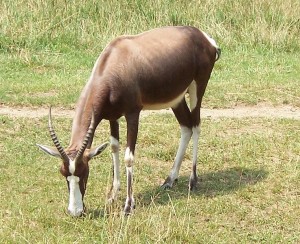
The Multi-Coloured Antelope
As their name suggests the Bontebok’s shiny coat has a variety of coloured sections. They typically start with a nice purplish or reddish brown colour that tapers into a lighter tan coloration on their back. The inside portion of their legs are a beautiful white colour while the outside section goes back to that stunning purplish or reddish-brown colour. To make an even more impressive fashion statement, this antelope has a white patch extending from their forehead down to the tip of their nose. I am starting to see why they are called Bontebok :). Although, the Bontebok calves should be called something different since they are usually a yellowish brown colour with a dark face. Oh, and don’t have any of their parents markings, which makes them a little boring to look at but they still have that whole “cute, baby” thing going for them.
The Comeback Kid
Like other antelope species, the Bontebok is a social animal that usually hangs out in groups that can contain as many as 40 individuals. This is actually quite impressive since at one time their entire population was not greater than 20. Luckily the creation of reserves and parks have allowed this beautifully coloured antelope bounce back a little. Currently their population is estimated to be over 1000, which is an amazing comeback but the Bontebok is still classified as vulnerable on the IUCN. This is a good news story which provides hope that any animal species on the brink of extinction can be saved with a little effort on our part.

